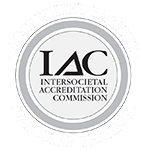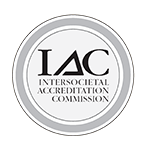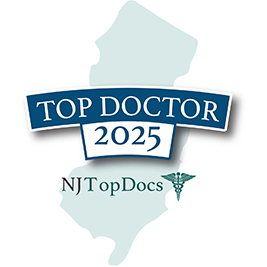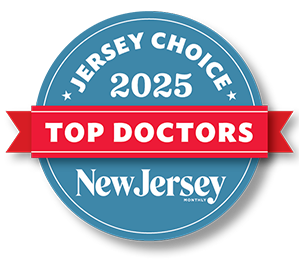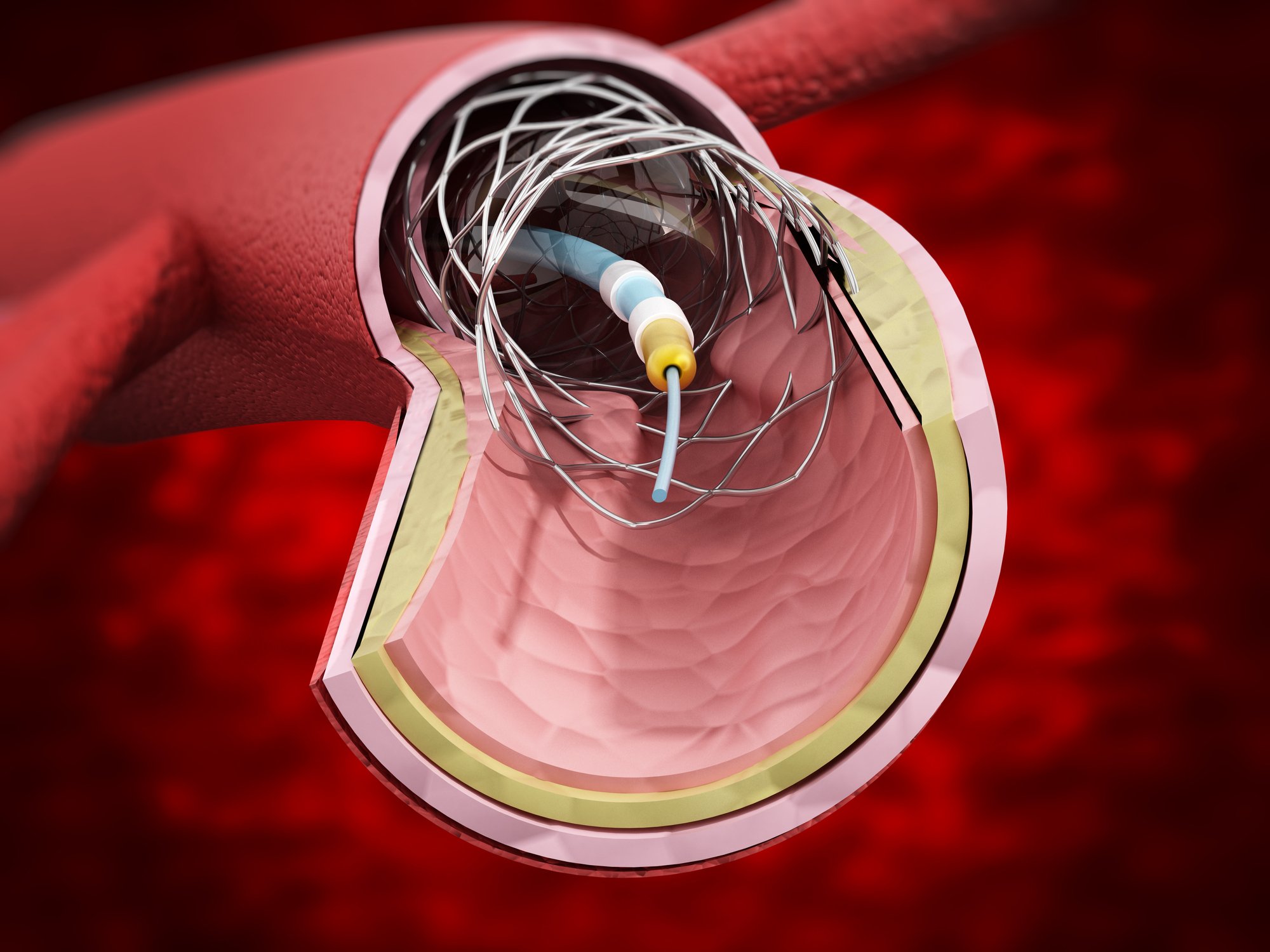
With approximately 250,000 patients being diagnosed with aortic aneurysms in the United States each year, it is important to understand what can be done to help combat this condition. Part of our goal at The Cardiovascular Care Group is to offer further education and understanding in vascular topics, so we’ll be looking at the various aspects of aneurysms over several upcoming blog posts. This piece will focus on understanding and potentially preventing aortic aneurysms.
Why are Aneurysms Called ‘Silent Killers’?
Aortic aneurysms are frequently called ‘silent killers’ because no symptoms may occur until the actual rupture. And, in most cases, surviving a rupture has very low odds because you may not get to the hospital in time, or, once there, the emergency surgery may be too much to handle.
What is an Aortic Aneurysm?
Quite simply, aneurysms are an abnormal widening of an artery. The most common location for an aneurysm to occur (outside of the brain) is in the main artery in the stomach – the aorta – which carries blood from the heart to the body.
Much like water balloons, as arteries widen (an aneurysm forms), the arterial wall gets thinner. The thinner it gets, the weaker it becomes and the more likely it will burst (rupture). This results in bleeding inside the body which significantly puts one’s life at risk.
Causes and Risks for Aortic Aneurysms
The risk factors for developing an aortic aneurysm include age (60 and older), tobacco use, family history of aneurysms, high blood pressure, high cholesterol, chronic lung disease (COPD), and peripheral artery disease (PAD). Smoking is perhaps the most prominent independent risk factor related to aortic aneurysms, along with genetics.
Unfortunately, many aortic aneurysms are asymptomatic (no signs of symptoms), and go undiagnosed as a result. Most aortic aneurysms are detected on an imaging study (CT scan or MRI) being done for something else (e.g., prostate issues or gastrointestinal maladies.)
Aneurysm Prevention
There are steps one can take to help prevent aortic aneurysms. Most prevention techniques begin with healthy lifestyle choices. Smoking cessation is one of the most important ways to lower the risk, along with controlling your blood pressure and maintaining good cholesterol levels, which relate to eating healthy and exercising regularly.
While patient history and physical examination are critical in the assessment and diagnosis of this condition, a noninvasive ultrasound in a vascular laboratory is one of the most reliable and safest ways to diagnose and follow the potential progression of an aortic aneurysm. By using ultrasound, the aneurysm can be measured and watched over time to see if it is growing and at what rate it is expanding (if at all).
Other tests such as CT Scans and Magnetic Resonance Imaging (MRI) also allow for a diagnosis, however require radiation and the use of contrast (dye) that makes them more invasive than an ultrasound.
Knowing the risk and early detection are especially important and can be achieved through the testing mentioned above and consultation with a board-certified vascular physician.
This can be initiated by one’s primary care physician or done directly through a vascular disease screening program, a community service initiative available through The Cardiovascular Care Group to patients who meet certain criteria.
Stay tuned for our next blog posts in this topic that will cover the different types of aneurysms and aneurysm repairs.
In the meantime, feel free to schedule a consult today to understand if are at risk for aneurysms.



